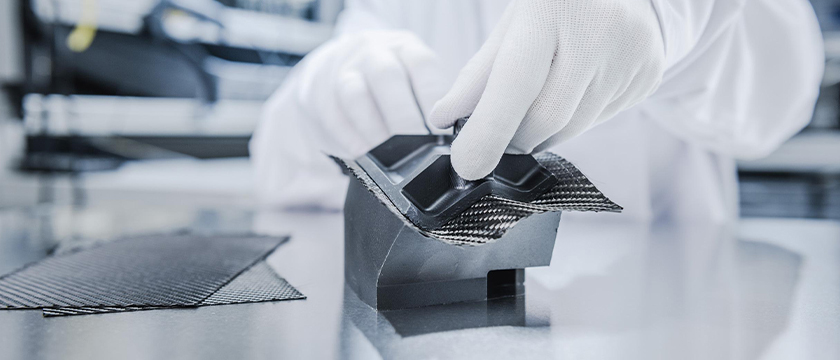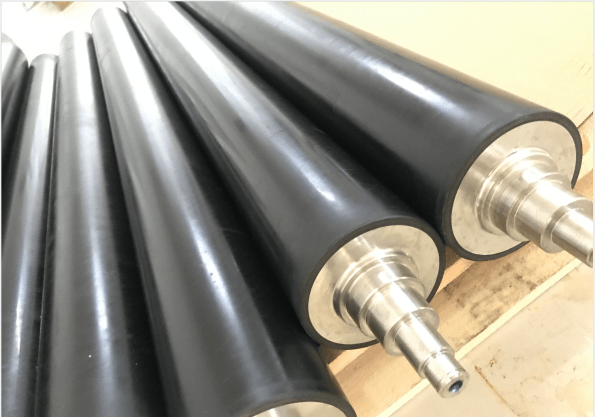Carbon fiber-reinforced thermoset matrix composites have been widely used, but are now facing challenges due to global concerns about environmental pollution and resource recycling. In contrast, carbon fiber reinforced thermoplastic composites, which are known for their good toughness, moisture and corrosion resistance, relatively high damage tolerance, easy molding, and especially their suitability for secondary processing and recycling, have gained popularity in the industry.

These composites are mainly classified into three types based on the thermoplastic resin matrix: carbon fiber reinforced special engineering plastics, engineering plastics, and general-purpose plastics. The first category, special engineering plastics, along with engineering plastics and general-purpose plastics, offer superior mechanical strength, heat resistance, and corrosion resistance, making them applicable in automotive manufacturing, high-end industries, and other fields. Developed countries such as the U.S., Europe and Japan are clearly leading in this field. They have been researching more specialized engineering plastics such as PEEK, PPS, PI, PEKK, PSF, PES, and PPSU. On the other hand, China is lagging behind in the development of reinforced composites using specialty engineering plastics as the matrix, such as PP. The application of continuous carbon fiber reinforced specialty engineering plastics is even less developed, with most still in the research and development stage.
Carbon fiber reinforced thermoplastic prepreg tapes, such as carbon fiber reinforced engineering plastics UDTP, have a strength that exceeds that of ultra high strength steel (tensile strength ≥ 1620MPa) by at least half. The carbon fibers impart extremely high tensile strength and modulus to the thermoplastic resin matrix. The production of these prepreg tapes forms the basis for the mass production of continuous carbon fiber reinforced thermoplastic composite products. However, the production of carbon fiber reinforced thermoplastic composite prepreg requires technical knowledge from various fields, including mechanical design, manufacturing, polymer material processing, modification, and composite preparation. The integration of these fields has become a major bottleneck limiting the application and development of high-end carbon fiber reinforced thermoplastic composites.
In addition, high-end specialty engineering plastics themselves are also a constraint. For example, at the world's largest international composites exhibition in early 2018, international manufacturers of PEKK with a certain commercial scale were limited to a few brands, such as Arkema of France and Rallis of India, with China's Shandong Kaisheng New Material Company being the only one on the list.

Worldwide, the R&D and application of carbon fiber reinforced thermoplastic composites have started, but the gap between a few developed countries and most developing countries is still significant. At present, the preparation and lay-up technologies of carbon fiber reinforced thermoplastic composites are mainly controlled by developed countries such as the U.S., Germany, the Netherlands and Japan, especially by international chemical materials giants such as Japan's Teijin, U.S. Hershey's and DuPont, Germany's Evonik, the Netherlands' DSM, France's Acoma and Belgium's Solvay. These countries have gradually achieved mass production in related prepreg and product manufacturing technologies. On the other hand, only a few domestic leading enterprises are still focusing on carbon fiber filament production, and downstream applications have yet to be refined and deepened.





